Legacy and Innovation: Inside the World of Milliner Alexandre Barthet
- Michael Foust

- Jul 24
- 5 min read
As the summer fashion season comes to a close and summer holidays begin in the EU, we had the opportunity to speak with a fashion icon: Mr. Alexandre Barthet. This summer, with the collaboration of his son, Mr. Alexandre Barthet, La Maison Carrée in Nay, France, will open an art exhibition dedicated to a fashion icon and milliner, Mr. Jean Barthet (1920–2000). Being associated with Annie Leibovitz's photos of Lady Gaga, Michael Jackson, and Sophia Loren at the Metropolitan Museum of Art (MET) in New York, during a time when fashion history was being made.
Exhibition Maison Carree In Nay In France, courtesy of Barthet.
His son Alexandre continues today. He is embarking on his own journey with new materials, techniques, and technologies, unveiling his latest collection in September. We had the opportunity to gain insight into his work and his family's exciting and glamorous fashion hat legacy!

Michael Foust: Thank you so very much for your time in giving us an exclusive interview during Haute Couture Week for FW25, it is exciting to talk with you about your family's work!
Alexandre Barthet: Thank you for your interest in me!
A Family Legacy in Fashion
Michael Foust: Could you tell us a little about yourself and your journey with your father as you grew up in exciting times in fashion history?
Alexandre Barthet: Jean, my father, worked in Paris, while I spent my childhood in the Southwest of France. As a child, I only had a magical image of my father's work through magazines.
In 1980, I started working in the workshop with him, sewing hats. Later, I began accompanying my father to the fashion houses, overseeing the production of hats for the fashion shows.




Each couture house had its own atmosphere and way of working. Sometimes, jumping from Montana to Mugler, then to Lagerfeld, Courrèges, Ungaro, Rykiel, Venet, Versace... felt like doing the splits! It was a perfect apprenticeship!
It was truly artisanal work. There were still private clients, designer collections, as well as film and theatre. My father found success very quickly in the 1950s, as he was extremely talented and full of innovative ideas—something he kept throughout his life. That's why designers and the film industry always turned to him.
His hats were photographed by some of the greatest names in fashion photography: Horst, Lindbergh, Newton, Elgort, Klein, Horvat... just to name a few.
Honoring Jean Barthet Through Exhibition and Tradition
Michael Foust: From your exhibit honoring your father's legacy, what made you decide to continue on with your family's tradition in fashion for your September collection?
Nicole Kidman in "Grace of Monaco," Chapeau Alexandre Barthet - Photo: David Koskas
Alexandre Barthet: This exhibition honoring my father's legacy shows that with talent and strong convictions, success is possible. Every hat has its own story and significance.
I am the keeper of a handmade and creative savoir-faire. That's what motivated me to continue this work—it's about transmission.
To tell the truth, without trying to sound pretentious or overly modest, I also thought it would be foolish not to make hats when, given my skills, I can truly consider myself among the four best milliners in the world.

Since this profession is disappearing, I find solidarity and encouragement from people who work—or have worked—in hats.
Finding Balance in the Craft
Michael Foust: What influenced you growing up in such a magnificent time of fashion? What direction would you foresee yourself going in that combines your father's work with your own?
Alexandre Barthet: On my side, technique and craftsmanship are things you learn through perseverance, but that alone isn't enough if you want to reach the level of our great milliner predecessors.

It's not just about piling on materials—you have to find balance, a line, a volume in the hat. It's a work of reflection.
Behind a hat, there can be years of training… (20 years in my case).
For example, in my opinion, the hat in the attached photo is perfectly accomplished. It's the kind of style that René Gruau or Tony Viramontes would have sketched beautifully.

What influenced me most was my father's creativity for the couture houses.
A Hat That Fits the Soul
Michael Foust: I understand that a well-tailored hat, one that complements your personality, is a great choice (I had a custom cowboy hat made for myself in Santa Fe, New Mexico). How do you view your work in modern fashion, as things change so fast now, and there are so many directions to go into?

Alexandre Barthet: What matters with a client is finding a hat you can truly own—one that makes you feel good. You make suggestions, but never impose—just understand the soul of the client. You shouldn't feel self-conscious.
For example, your cowboy hat: the moment you embraced it, it became—and becomes—a part of your personality.
Modern Materials, Timeless Process
Michael Foust: What is your favorite material to use, and describe your process in your designs?
Alexandre Barthet: Currently, I enjoy working with plexiglass. I've learned how to shape it, though I'm not always satisfied with the results—I destroy several before achieving a worthy piece.
I enjoy this thoughtful, creative process that brings back so many memories.

Certain materials—like straw braid, felt qualities—have disappeared, but with creativity, we find ways to adapt.
Showing your work always carries the risk of negative judgment…
Of course, I'm touched when someone appreciates what I do.
Couture Then and Now: A Changing Landscape
Michael Foust: Lastly, how do you view fashion now, coming from such a great legacy and from a time when fashion was full of so many groundbreaking and core fashion icons?
Alexandre Barthet: Fashion has changed completely.
In the 1950s, a young friend from the Southwest asked my father if he could recommend him to join Balenciaga. He asked Mme Castagné, the director of L'Officiel, and Balenciaga's response was initially negative, to the great disappointment of André Courrèges.

A few days later, Balenciaga called Mme Castagné to apologize for having answered too quickly—he owed her so much—and asked her to send the young man.
A few years later, André Courrèges was running one of Balenciaga's workshops, and Jean asked him if he could take on a young couturier who worked at a men's tailor, "Camps," and who also dreamed of working at Balenciaga. André hired him—his name was Emmanuel Ungaro.
Back then, fashion was a small circle where everyone knew each other. Celebrities attended shows because they genuinely supported the designers and loved their work.

Today, Paris remains the best place in the world for fashion and is full of talent. But compared to the past, success now often requires a bit of talent and a lot of funding—rather than a lot of talent and very little funding.
Michael Foust: Thank you again so very much for your time. I am very happy to have this opportunity to talk with you about your work and your family's legacy being a part of a great fashion history!
Hats as History and Hope

As Alexandre prepares to unveil his new collection this September, he remains a torchbearer of both legacy and evolution. His journey is one of artistry, humility, and perseverance - a testament to how craftsmanship can endure and adapt.

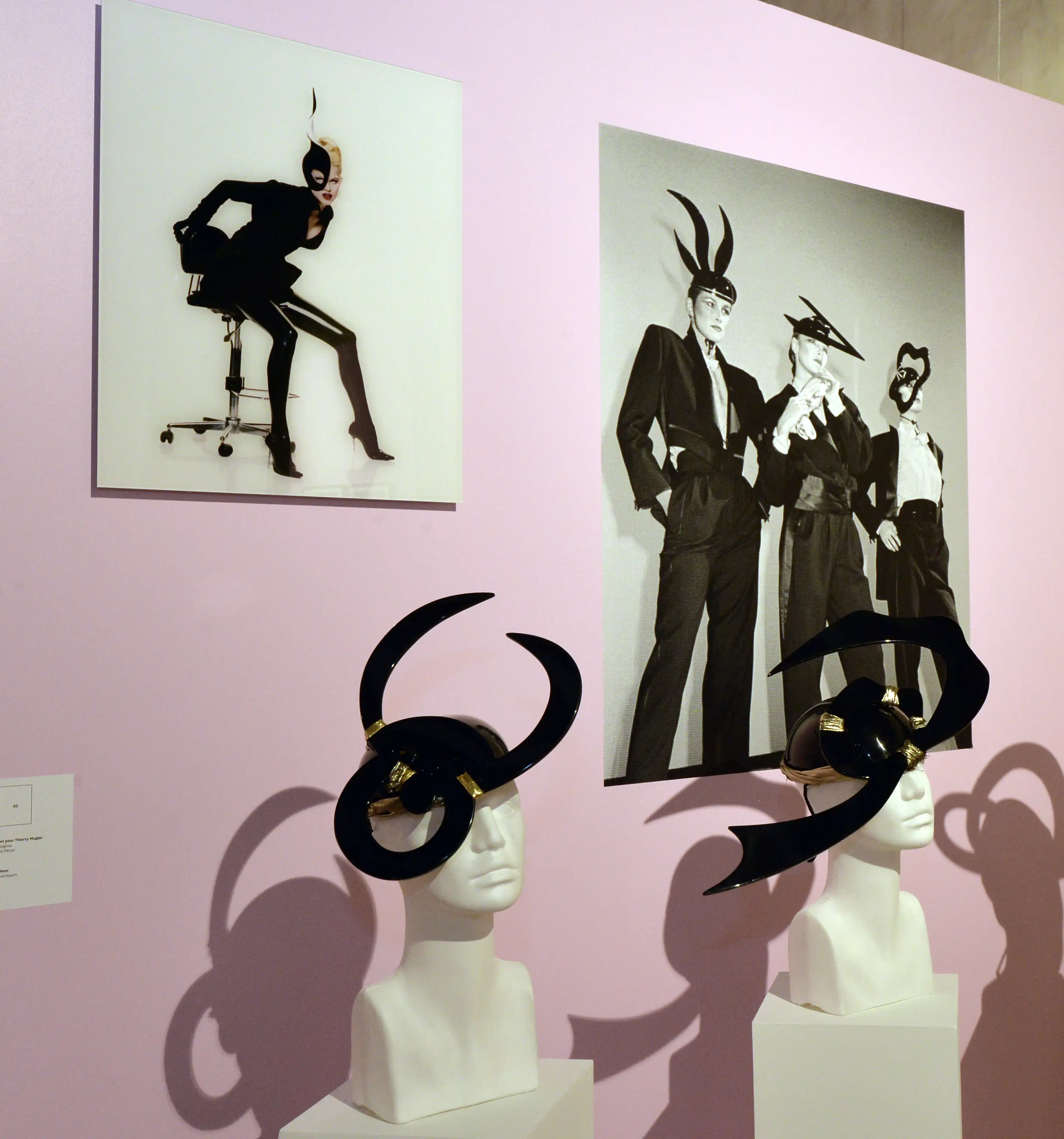
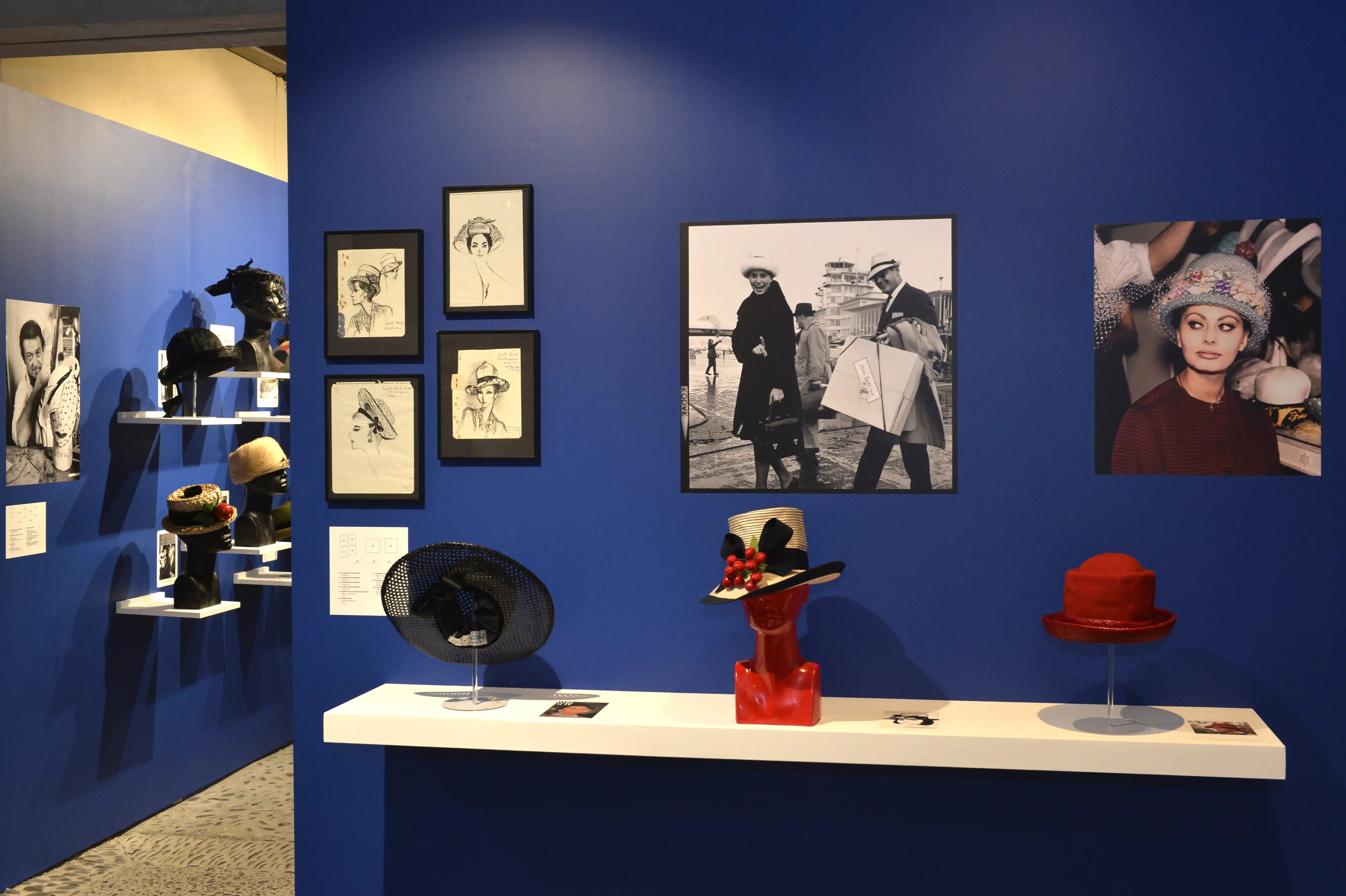


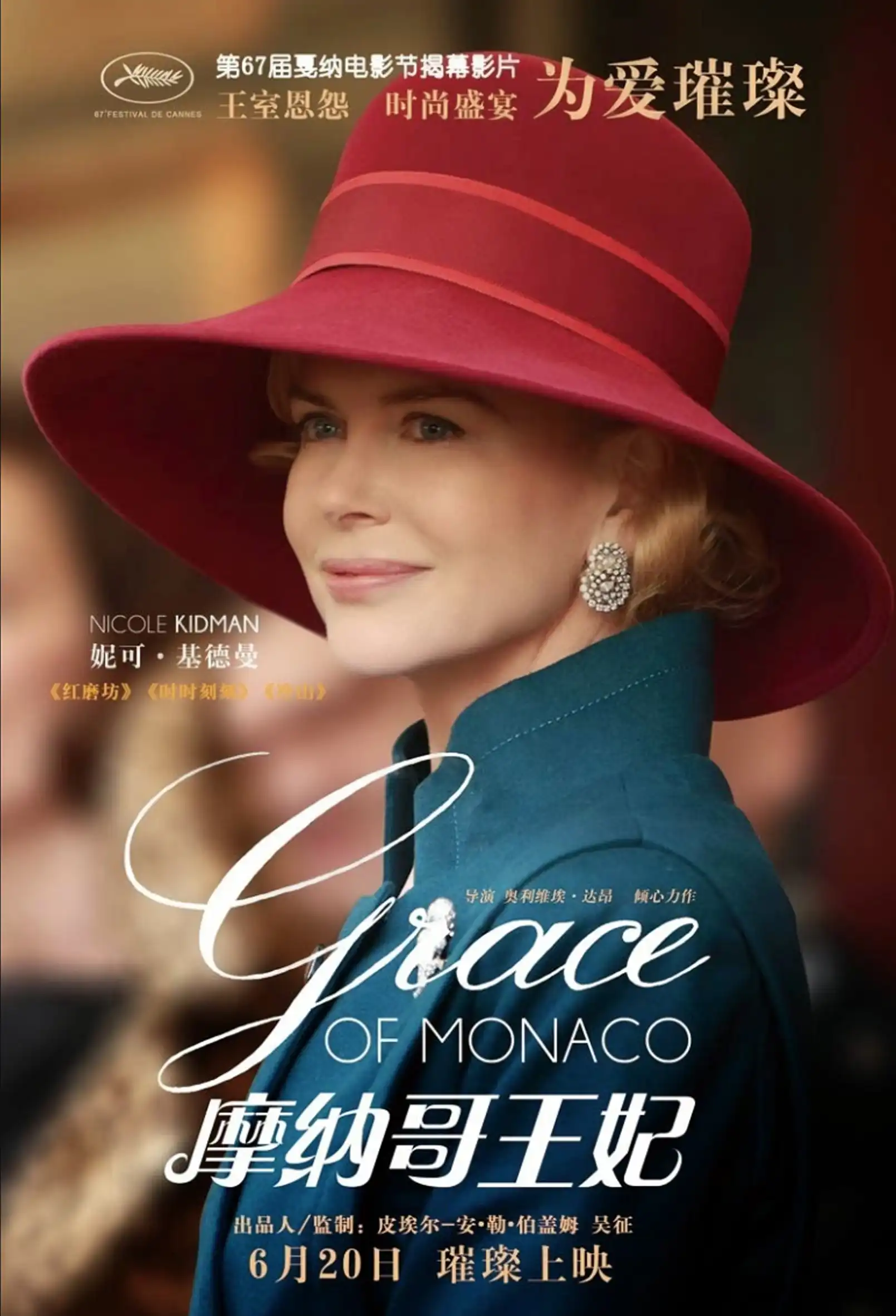

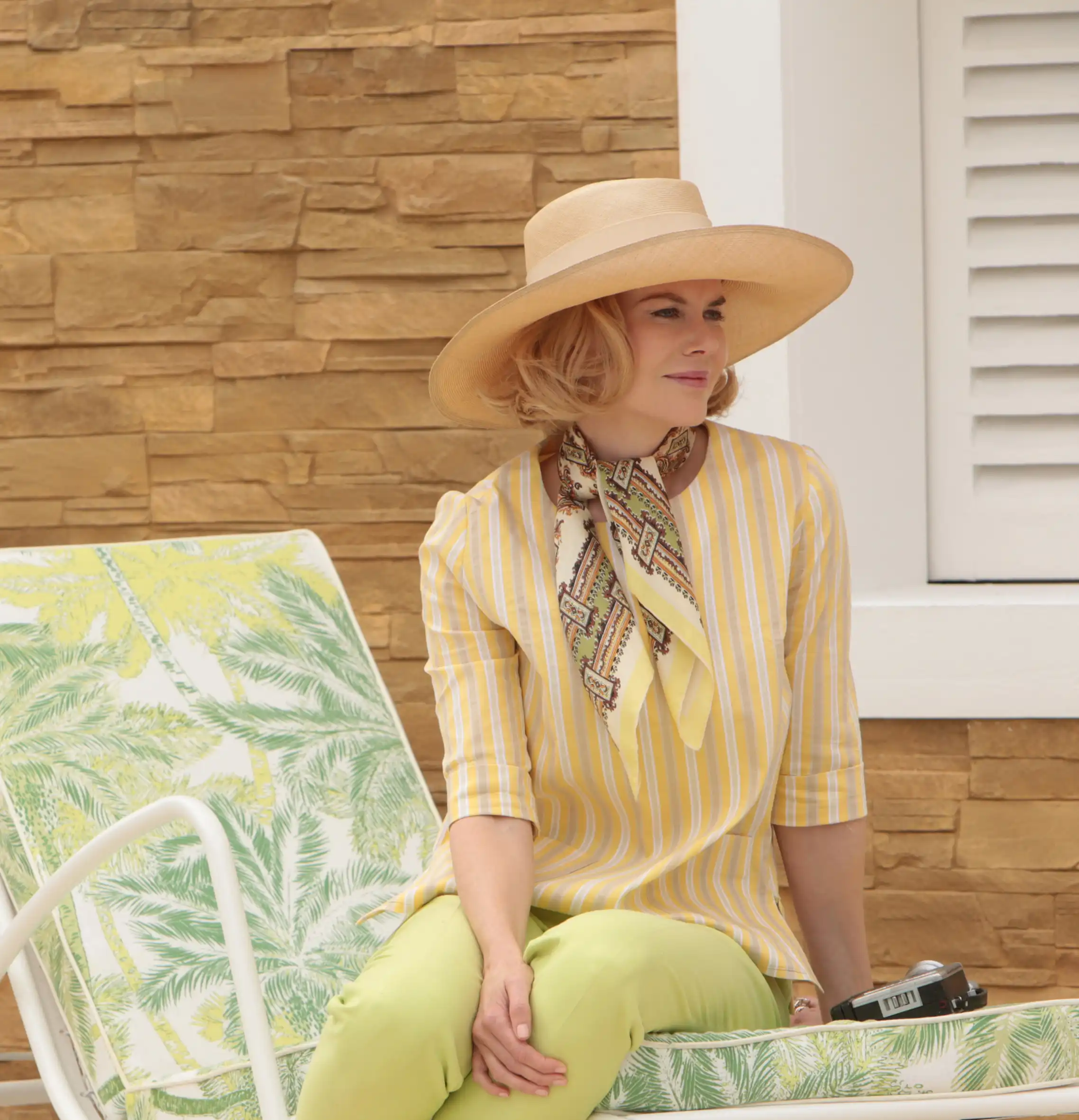
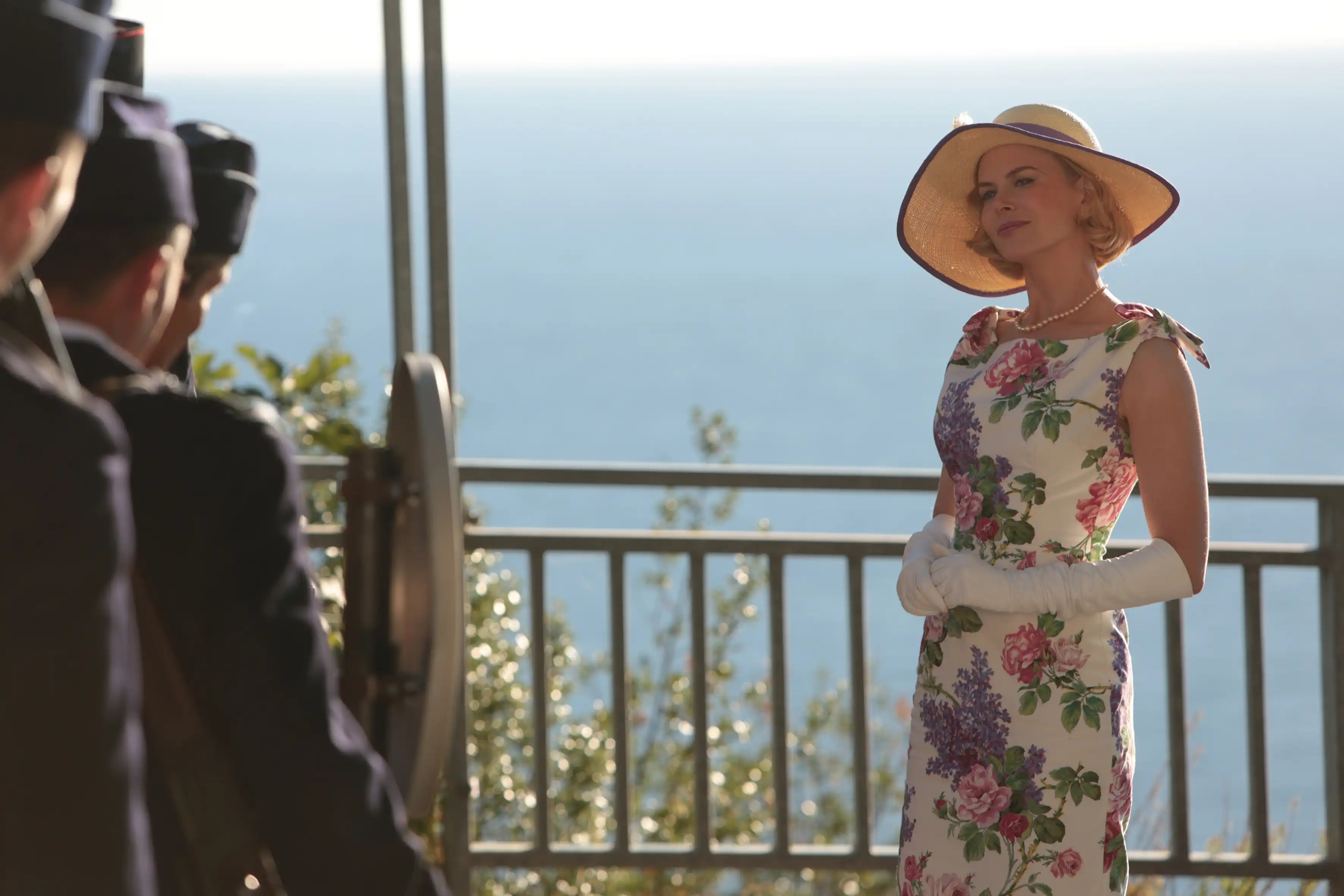



Comments